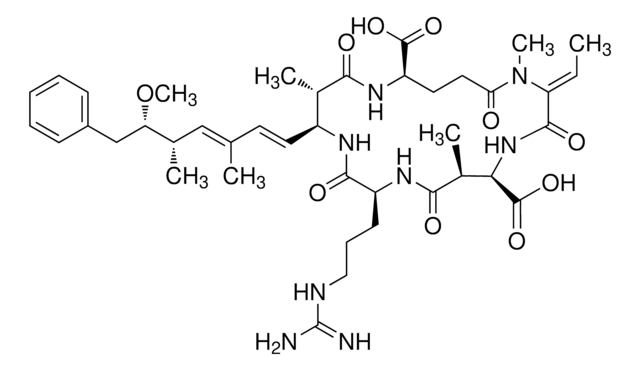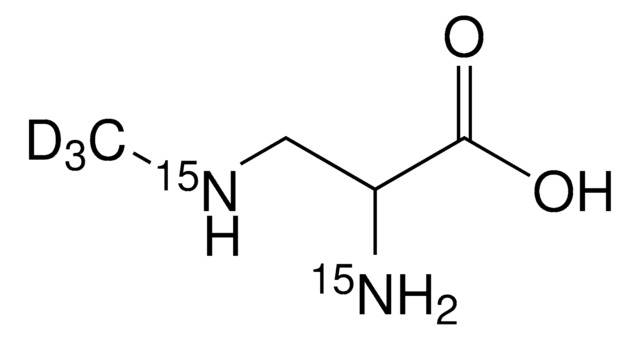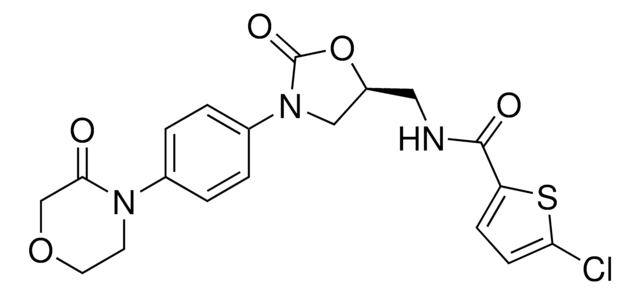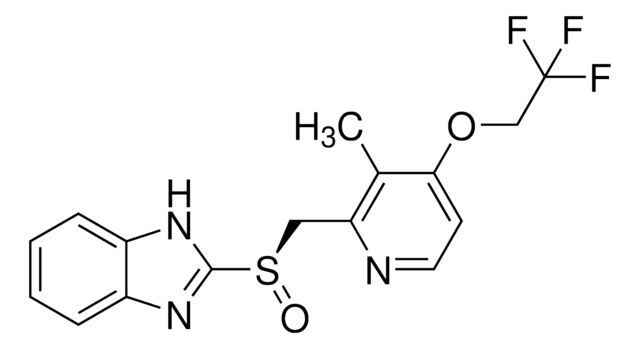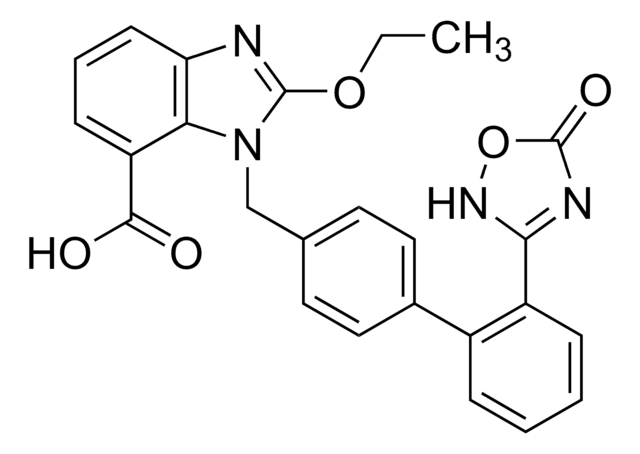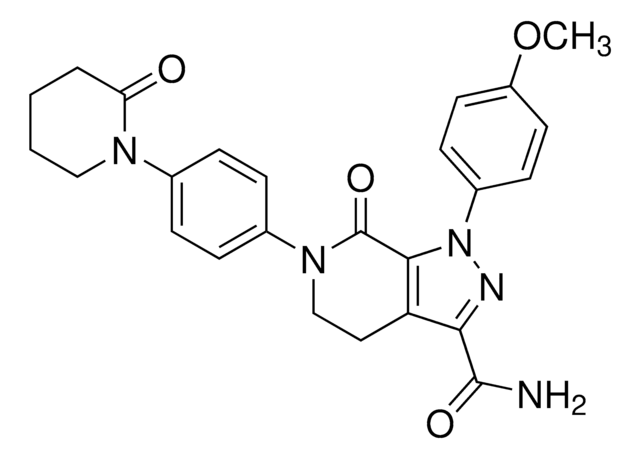Wichtige Dokumente
B107
L-BMAA hydrochloride
≥97% (NMR), powder
Synonym(e):
S(+)-2-Amino-3-(methylamino)propionic acid hydrochloride
About This Item
Empfohlene Produkte
Qualitätsniveau
Assay
≥97% (NMR)
Form
powder
Optische Aktivität
[α]/D +21 to +31°, c = 0.5 M in 0.1 M HCl(lit.)
Lagerbedingungen
desiccated
Farbe
white to beige
Löslichkeit
H2O: soluble (solutions may be stored for several days at 4 °C)
Lagertemp.
−20°C
SMILES String
Cl.CNC[C@H](N)C(O)=O
InChI
1S/C4H10N2O2.ClH/c1-6-2-3(5)4(7)8;/h3,6H,2,5H2,1H3,(H,7,8);1H/t3-;/m0./s1
InChIKey
VDXYGASOGLSIDM-DFWYDOINSA-N
Allgemeine Beschreibung
Anwendung
Biochem./physiol. Wirkung
Lagerklassenschlüssel
11 - Combustible Solids
WGK
WGK 3
Flammpunkt (°F)
Not applicable
Flammpunkt (°C)
Not applicable
Persönliche Schutzausrüstung
Eyeshields, Gloves, type N95 (US)
Hier finden Sie alle aktuellen Versionen:
Besitzen Sie dieses Produkt bereits?
In der Dokumentenbibliothek finden Sie die Dokumentation zu den Produkten, die Sie kürzlich erworben haben.
Unser Team von Wissenschaftlern verfügt über Erfahrung in allen Forschungsbereichen einschließlich Life Science, Materialwissenschaften, chemischer Synthese, Chromatographie, Analytik und vielen mehr..
Setzen Sie sich mit dem technischen Dienst in Verbindung.
